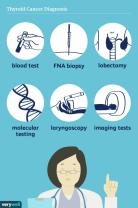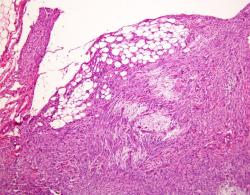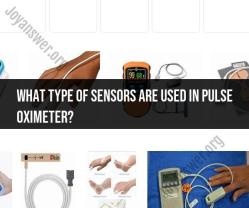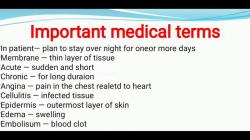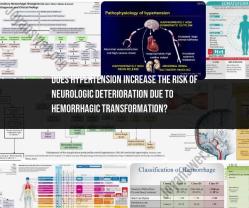Should compression stockings be used to prevent postoperative pulmonary embolism (Pts)?
The use of compression stockings as a preventive measure for postoperative pulmonary embolism (PE) is a medical practice that has been debated and studied in various clinical settings. Whether compression stockings should be used to prevent postoperative pulmonary embolism depends on several factors, including the patient's individual risk factors, the type of surgery, and the current medical guidelines. Here are some key considerations:
Patient Risk Factors: The decision to use compression stockings is often based on the patient's individual risk factors for developing a pulmonary embolism. Risk factors may include a history of venous thromboembolism (VTE), advanced age, obesity, and other medical conditions.
Type of Surgery: The type of surgical procedure and its associated risk of postoperative VTE play a significant role in determining whether compression stockings are used. Major surgeries, especially those involving the lower extremities, are associated with a higher risk of VTE.
Current Guidelines: Medical guidelines and protocols for VTE prevention are established by professional medical organizations, and these guidelines may vary by country and region. Physicians typically follow these guidelines when determining whether to use compression stockings.
Alternative Preventive Measures: In addition to compression stockings, other methods for preventing postoperative pulmonary embolism may be considered. These methods can include anticoagulant medications, mechanical devices like intermittent pneumatic compression (IPC) devices, early ambulation, and pharmacological thromboprophylaxis.
Patient Preference and Tolerance: Patient comfort and preferences should be considered. Some patients may find compression stockings uncomfortable, while others may prefer them as a non-pharmacological option.
Customization: The choice of compression stockings should be customized to the patient's specific needs, including the appropriate compression level and stocking size.
Duration of Use: The recommended duration for wearing compression stockings can vary depending on the surgery and individual patient factors. In some cases, they may be used only during the immediate postoperative period, while in others, they may be recommended for an extended period.
It's important to note that recommendations for VTE prevention, including the use of compression stockings, are typically made by healthcare professionals, such as surgeons, anesthesiologists, and hematologists, in consultation with the patient. These recommendations should be based on a thorough assessment of the patient's medical history, surgical procedure, and risk factors.
Ultimately, the decision to use compression stockings for preventing postoperative pulmonary embolism should be made in accordance with established medical guidelines and with careful consideration of the patient's unique circumstances. Patients who have concerns or questions about their VTE prevention plan should discuss these with their healthcare providers to ensure that the most appropriate and effective measures are in place.
The Role of Compression Stockings in Preventing Postoperative Pulmonary Embolism (Pts)
Compression stockings are elastic stockings that apply graduated pressure to the legs. This helps to improve blood flow and reduce blood pooling in the veins. Compression stockings are often used to prevent postoperative pulmonary embolism (PTS), a serious blood clot that can travel to the lungs and cause death.
PTS is a major complication of surgery, particularly for patients who are at high risk, such as those who are obese, have a history of blood clots, or are undergoing major surgery. Compression stockings are one of the most effective ways to prevent PTS.
Efficacy and Use of Compression Stockings as a Preventative Measure
Studies have shown that compression stockings can reduce the risk of PTS by up to 50%. Compression stockings are most effective when they are worn for the first 7-10 days after surgery.
Compression stockings are generally safe and well-tolerated. However, some people may experience minor side effects, such as skin irritation or discomfort.
Alternatives to Compression Stockings for Pulmonary Embolism Prevention
There are a few alternatives to compression stockings for pulmonary embolism prevention. These include:
- Blood thinners: Blood thinners, such as heparin and warfarin, can help to prevent blood clots from forming.
- Intermittent pneumatic compression (IPC) devices: IPC devices use inflatable sleeves to massage the legs and promote blood flow.
- Early ambulation: Early ambulation, or getting out of bed and moving around as soon as possible after surgery, can also help to reduce the risk of blood clots.
The best way to prevent PTS is to use a combination of preventive measures. Compression stockings are an important part of this combination, but they should be used in conjunction with other measures, such as early ambulation and blood thinners, if appropriate.
Conclusion
Compression stockings are an effective and safe way to prevent PTS. They are most effective when worn for the first 7-10 days after surgery. Compression stockings can be used in conjunction with other preventive measures, such as early ambulation and blood thinners, to further reduce the risk of PTS.







